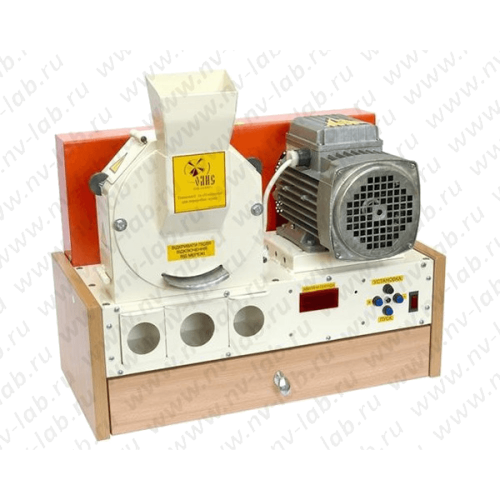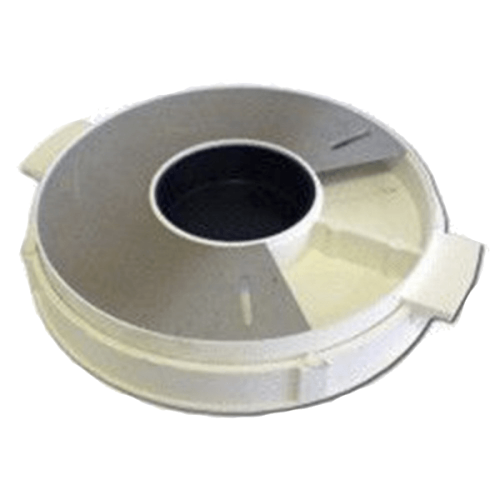Description
The diaphanoscope DSZ-2M is used to determine the vitreousness of grain in the laboratories of grain-receiving and flour-grinding enterprises, in agriculture and in the testing centers of the RGHI. The diaphanoscope is designed to determine the vitreousness of the grain by its optical properties.
The principle of operation of a diaphanoscope is based on the unequal ability of vitreous and powdery grains to transmit a light flux, i.e. in the difference in their optical properties. The method is based on the visual perception of grain structures: in the vitreous endosperm, starch grains are tightly bound to each other and to an intermediate substance containing nitrogen, which makes the grain transparent; in mealy endosperm, the caryopsis is opaque on the cut.
A grain diaphanoscope consists of a body, a cassette for 100 grains, a mechanism for moving the cassette, which allows you to simultaneously view 10 grains; a light source – an incandescent lamp, which is located at an angle of 50 ° in the cassette, which ensures that diffused light enters it; lenses with a magnification of 1.43. To isolate the eyes of the laboratory assistant and the lens from the ingress of extraneous light, a mask made of dark polymeric material is provided.
Specifications:
| Average number of tests per hour | 10 |
| Total number of grains analyzed in the sample, pcs |
100 |
| Number of grains simultaneously in the field of view, pcs |
10 |
| Cassette type | mobile |
| Cassette motion control | manual |
| Magnification | 2.5 |
| Power supply, V / Hz | 220 / 50 |
| Power consumption, W | 5 |
| Duration of measurement, min no more | 4 |
| Weight, kg | 4.0 |





